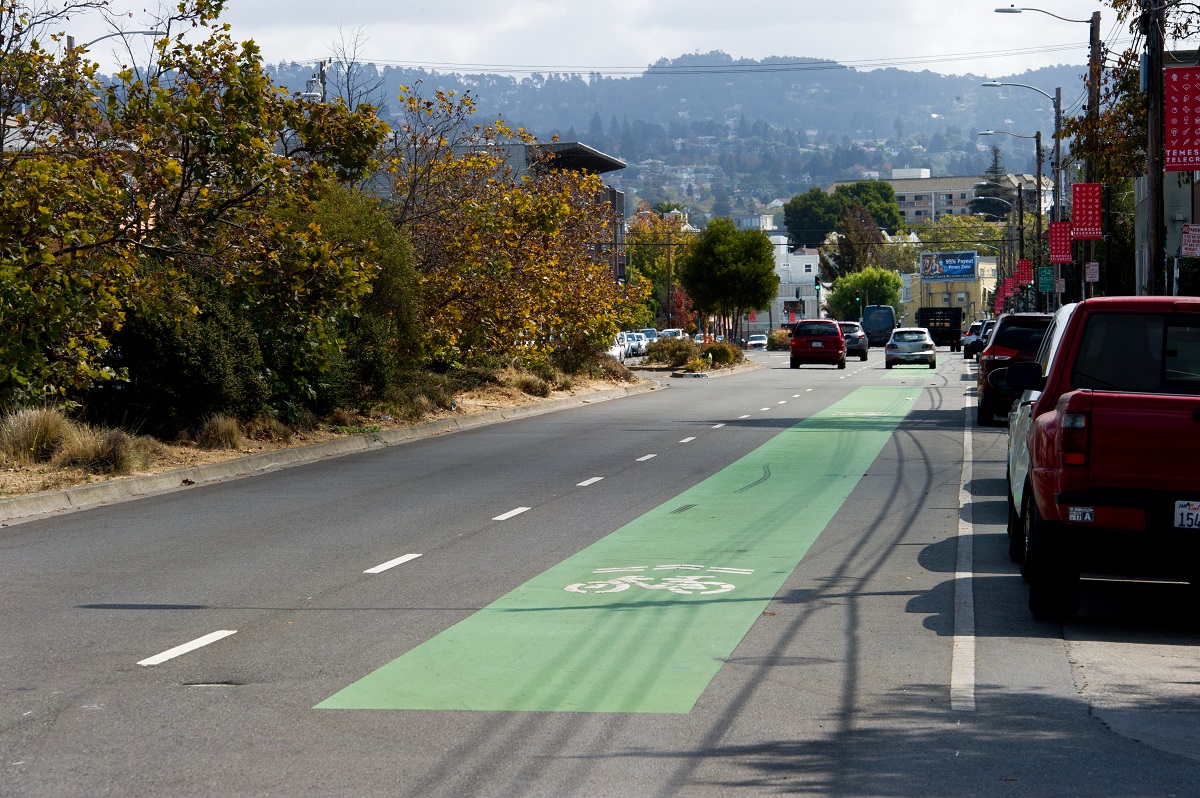Congress continues to debate 2018 federal government spending levels, which must be settled by December. Unfortunately, the House of Representatives has included in its appropriations bill an amendment offered by Rep. Woodall (R-GA) that could be harmful to local control of transportation funding.
Resource Library
Key takeaway:
- Bicycle trains significantly increase children’s cycling to school and overall daily moderate-to-vigorous physical activity (MVPA).
Communities want safe, accessible streets that people of all ages and abilities can use and enjoy. Such streets support local businesses, encourage economic development and promote healthy communities.
The Nashville Area Metropolitan Planning Organization (MPO) is among the first MPOs in the United States to integrate public health (physical activity, air pollution, and traffic crashes) into transportation planning, policy, funding, research, and modeling.
A recent report on road-traffic-related air pollution by the UK National Institute for Health and Care Excellence (NICE) urges for urban speed reduction to improve air quality.
There has been a decline in active transportation to school in children and adolescents in recent decades in the United States and Spain. While there are several studies examining the associations between parents’ perceptions and modes of transport to school in children and adolescents in the United States and Australia, studies are lacking in Europe.
This study shows that among women, the prevalence of self-reported walking significantly increased from 2005 to 2015; meanwhile, among men, the overall prevalence increased but stalled between 2010 and 2015.
This paper examines pedestrian and crash data at several intersections in Minneapolis, Minnesota between 2000 and 2013 to see whether the Safety In Numbers effect is observable.
The study highlights the scope of speeding-related passenger vehicle crashes, discusses the risks of speeding, dispels common misperceptions about speeding, and makes 19 safety recommendations to reduce speeding-related injuries and fatalities.
This research project aims to better understand perceptions and attitudes towards bicycling and bike share, as well as the barriers and opportunities for expanding bike share usage in traditionally underserved neighborhoods, particularly in low-income neighborhoods or neighborhoods with residents who are predominantly people of color.
Key takeaway: A new survey of residents in Roxbury, a lower income, minority neighborhood in Boston, Massachusetts found that despite a shared preference for protected bike lanes across racial groups, there are racial variations in bicycling practices and behavior that can better inform bicycle infrastructure design.
After spending August at home in their districts, Members of Congress are returning to Washington with a packed agenda ahead of them in September. Congress must raise the federal debt limit to avoid defaulting on our national debt and extend funding through the appropriations process to keep the government running.

A public health law analysis was conducted to review 20 shared used agreements implemented in Los Angeles County during 2010-2014.

This blog post was written by Elizabeth Hartig, American Planning Association, and was developed in partnership with Marisa C. Jones, healthy communities manager, Safe Routes Partnership, and Amy Verbofsky, senior planner, Delaware Valley Regional Planning Commission.
This study assesses the environmental and perceptual correlates of walking and walkability for fifth graders from three communities attending two schools: A new urban/LEED-ND pilot community, mixed, and standard suburban community.
This is an interactive/online training on becoming a school safety patroller.
The Bus Stop and Walk (BSW) program takes Safe Routes to School to another level by ensuring that every student is provided the opportunity to walk to school.
Video and interactive testing walk you through key modules, providing needed training consistent with MN Statute in all corners of the state.

